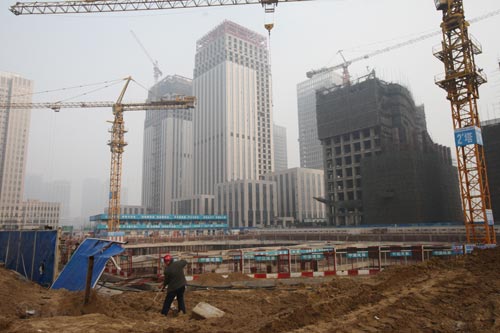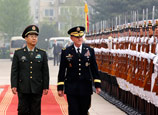
 |
| Construction of a business district in Tianjin. As Chinese cities compete with each other to become the latest global city, some experts question whether such expensive development is needed and cost-effective. [Provided to China Daily] |
A great deal of hope has been invested in the role urbanization can play in helping to drive the nation's next cycle of economic boom. But how can China manage what no other country has ever achieved before, to build so many urban communities in such a short space of time?
To do things right, Premier Li Keqiang recently said that China will have to learn from other nations' experiences. Now Professor Xue Lan, dean of Tsinghua University's School of Public Policy and Management, joins the discussion by sharing his concerns and reporting his observations.
China's urbanites outnumbered its rural residents for the first time in history in 2011 and keep increasing steadily. With this achievement, urbanization has become a hot topic that many hope can be a new engine for economic growth.
However, without serious solutions to address the unprecedented challenges facing Chinese cities, these great aspirations may come unstuck, as this high-speed urbanization is partly powered by certain distorted mechanisms.
First-tier cities or not, many urban centers in China share the ambition of becoming international, national or regional metropolises, playing the role of financial, industrial or cultural centers. Accordingly, their planning, infrastructure and population have all scaled up, leading to a greater need for investment.
But does a country need so many financial, industrial or cultural centers? This lack of provident planning has increased the danger of vicious competition for investment and the risk of a waste of resources.
















 Local villagers climb mountains to get relief supplies
Local villagers climb mountains to get relief supplies


![]()
